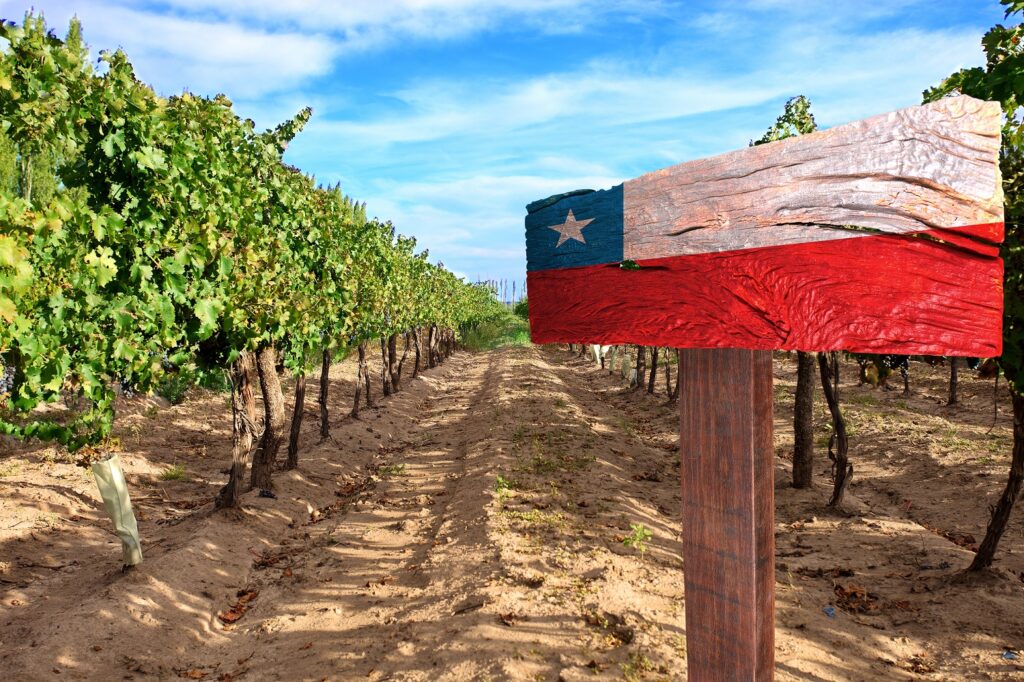
The United States remained the top destination for Peruvian table grapes, followed by the Netherlands. A surprising shift occurred as Mexico emerged as the third-largest importer, surpassing China for the first time.

Overall, the prolonged heat wave is adding to the costs for grape growers as they strive to keep their crops cool and viable.

The United States is anticipated to absorb approximately 57% of Chilean supplies, equivalent to around 35 million boxes.

Newer varieties such as Prime, Sweet Celebration and Midnight Beauty are gaining traction, collectively expected to represent 63% of Chile's total fresh grape exports, nearing 40 million boxes.

In contrast, Chile assumed the position of the second-largest world exporter, contributing significantly with 497,000 tons.

U.S. table grape imports for 2023-24 are forecast to rise slightly to 760,000 tons, assuming normal Panama Canal shipping volumes.

The USDA report notes a declining trend in the table grape planting area due to long-term economic challenges, including increased international competition and low prices for traditional grape varieties.

The increasing frequency of El Niño and La Niña events is undeniably impacting grape production globally, introducing unpredictability into growing conditions.

Peru has been on a strong growth streak, with an average increase of 20% over the past three seasons in the north.

Despite a 5% reduction in global exports during the 2022-23 season, numerous countries are strategically adjusting their production methods to meet market demand and optimize operational efficiency.